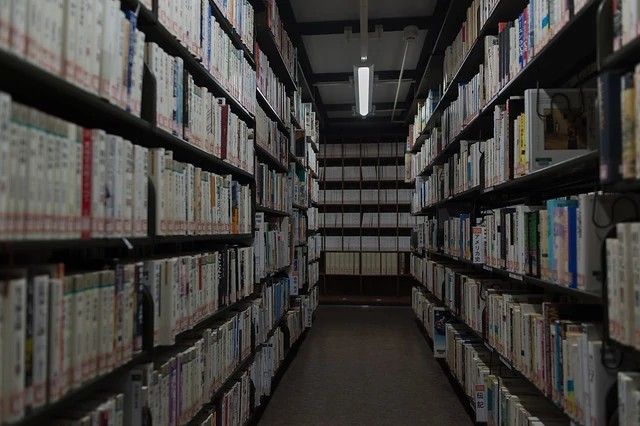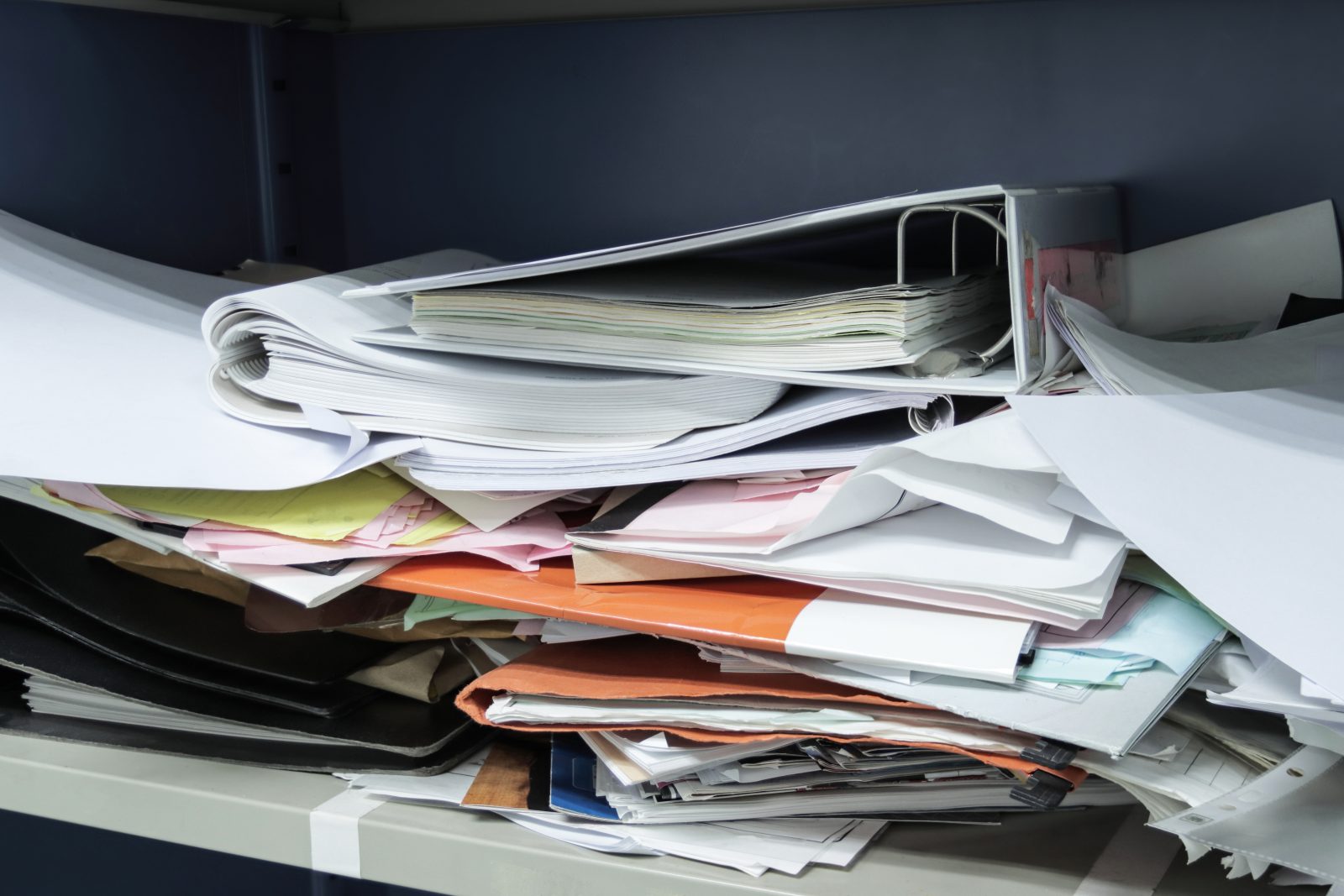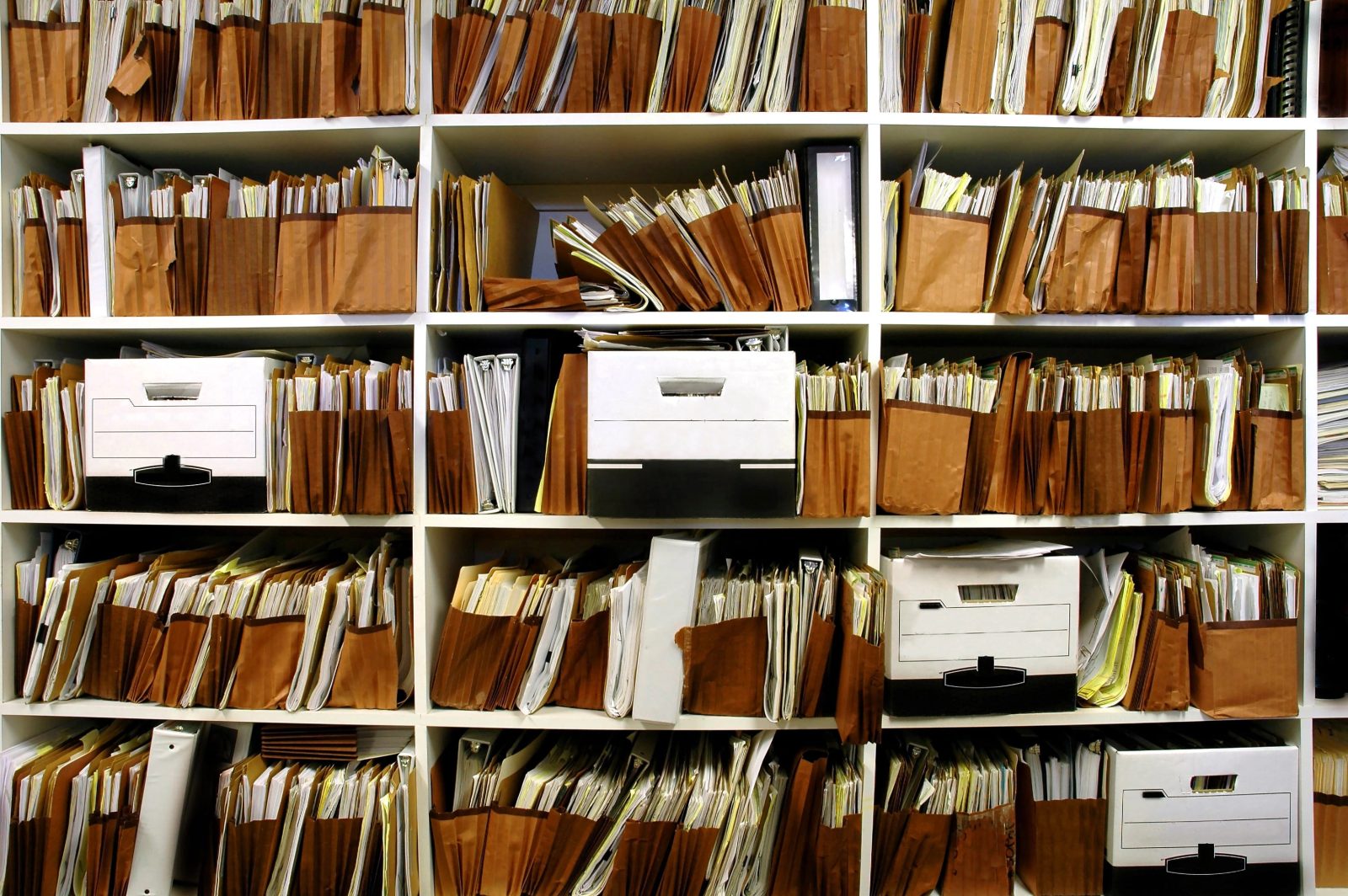When you entrust a shredding company to destroy your confidential documents, you know your sensitive information is being protected, but what happens after your papers go through the shredder? Many people aren’t aware of the full process, but understanding what happens to your shredded paper can give you peace of mind that not only is your information safe, but the environment benefits as well.
Here’s a look at the journey your confidential paper takes after it’s shredded, from destruction to recycling.
1. Secure Collection and Shredding
The shredding process begins with the collection of your documents.
Shredding companies use industrial-grade shredders designed to reduce large volumes of paper into tiny, unreadable pieces. These shredders are far more powerful and effective than the standard office shredder, often producing cross-cut or micro-cut paper particles that cannot be reconstructed.
Once the shredding process is complete, many companies issue a Certificate of Destruction to verify that the shredding took place and your documents were securely destroyed. This certificate is particularly important for businesses that must comply with privacy laws and regulations such as HIPAA, FACTA, or GDPR.
2. Transportation to a Recycling Facility
After your documents are shredded into tiny pieces, the next step is transportation to a recycling facility. Most reputable shredding companies have established partnerships with recycling plants to ensure that the shredded material is responsibly handled and repurposed.
The shredded paper is collected in bulk and securely transferred to a recycling facility, where it will be processed into new paper products. This ensures that even though the paper is no longer usable in its original form, it still serves a purpose by contributing to the production of recycled paper.
3. Sorting and Cleaning the Shredded Material
Once at the recycling facility, the shredded paper goes through a sorting process. While the shredding company primarily handles paper, some documents may have been shredded along with paperclips, staples, or binder clips. These non-paper elements are separated out using magnets and other sorting techniques to ensure that the shredded paper is clean and ready for recycling.
4. Pulping and Recycling
The next step is turning the shredded paper into pulp. The paper is mixed with water and chemicals in a large pulping machine, breaking down the paper fibers into a slurry-like substance. This pulp is then cleaned to remove any remaining ink or contaminants.
Once the pulp is clean, it can be used to create new paper products. This recycled pulp is often turned into items like paper towels, tissue paper, recycled office paper, and cardboard. By recycling your shredded paper, you’re helping to reduce the need for new raw materials and conserve natural resources, making the process environmentally sustainable.
5. Environmental Impact
One of the key benefits of shredding your documents with a professional service is the positive environmental impact. Every ton of recycled paper saves:
- Approximately 17 trees
- About 7,000 gallons of water
- 380 gallons of oil
- 4,000 kilowatt-hours of energy
These savings contribute to reducing deforestation, conserving energy, and lowering greenhouse gas emissions.
6. Peace of Mind
By choosing a professional shredding company that recycles, you not only ensure that your confidential information is destroyed beyond recovery, but you also contribute to environmental sustainability. Knowing that your shredded paper is repurposed responsibly can give you peace of mind that you’re making a positive impact on the planet while protecting your data.
Conclusion
After your confidential paper is shredded, it doesn’t just disappear—it goes through a thorough process of recycling and repurposing. From secure destruction and transportation to sorting, pulping, and being turned into new products, the journey of your shredded paper is both secure and environmentally friendly.
Choosing a shredding company that partners with recycling facilities is not only a smart choice for protecting sensitive information, but it also helps reduce your carbon footprint, making document destruction a responsible, eco-friendly process.







